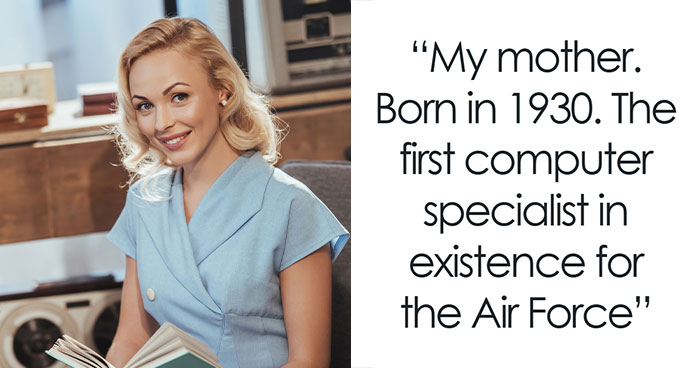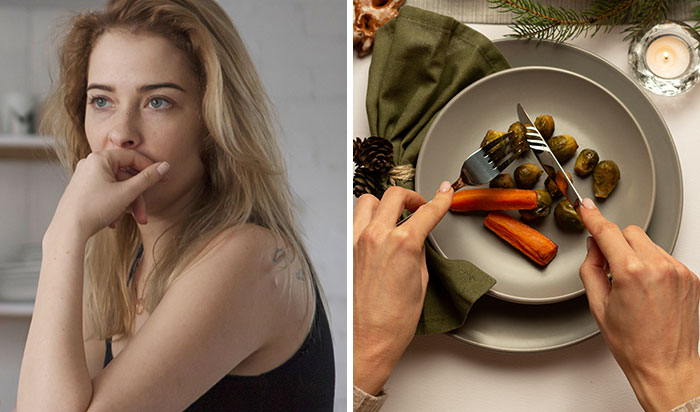Officially, Sam Gaby is an economist and policy advisor but he’s been a photographer way longer. Sam has been holding a camera since he was 10 years old and even though he considers himself a hobbyist, he has captured some very fascinating animal photography shots. Like these.
The photoshoots began when Sam met the beautiful foxes in a very small town in Newfoundland, Canada, called Twillingate. “The encounter was surreal,” he told Bored Panda. “I spent almost 8 weeks with these wild animals, photographing them almost every day. As you can see, the foxes look very relaxed, with no sign of stress on their faces.”
Indeed. Gaby managed to completely earn the foxes’ trust. Not only did the beautiful animals allow him to take their photos, but it’s also as if they were glad Sam was spending time with them.
One cross fox really stands out in the pictures. The partially melanistic color of this unusual animal fur looks simply magical. A long dark stripe running down its back intersects another stripe to form a cross over its shoulders, and it’s impossible to take your eyes off of this incredible fox color.
More info: Instagram
Image credits: Sam Gaby
Image credits: Sam Gaby
Image credits: Sam Gaby
At first, the cute fox was considered to be a separate species from the red fox and was given the binomial name Canis Decassatus (the fox genus Vulpes was then commonly included in the dog genus Canis). And even after scientists concluded that they were variations of the same one, fur farmers and trappers continued to treat each red fox color form as a distinct species for quite some time.
Cross foxes are relatively common in the northern parts of North America, and comprise up to 30% of Canada’s red fox population. They were also once abundant in Idaho and Utah before being largely killed off. Some cross foxes are occasionally reported in Scandinavia but they’re very rare there. A study based on nearly 3,000 skins of the red fox in Finland found that 99% were of the reddish form, with cross foxes making up for only 0.3% of the remaining 1%.
Image credits: Sam Gaby
Image credits: Sam Gaby
Coming back to Gaby, he believes that his job as a wildlife photographer is to document the environment and the behavior of the creatures living in it without disturbing them. “I reach a point where I go to that same spot and I call the foxes and they come out of the bush. It took time to build that trust,” he said. “I have never touched any of them, although I wanted to so bad.”
“The foxes were very curious. Extremely intelligent. I watched them digging food out of holes in the ground and also hiding food in the ground. I was told by locals that a long time ago, there was a fur farm in that area but when fur prices went down, the farm closed down and the owner released the foxes into the wild. I was also told by locals that both foxes are siblings.”
In the summer, Sam used Nikon D5, D750 and D610 to capture the foxes. In winter, he used Sony a7 III. “I do my best to visit this little town twice a year. I save up some money and I go spend my money there. I’d rather benefit a small community where jobs and other resources are scarce. These types of communities need our money to survive.”
Image credits: Sam Gaby
Image credits: Sam Gaby
Image credits: Sam Gaby
Image credits: Sam Gaby
Image credits: Sam Gaby
Image credits: Sam Gaby
Image credits: Sam Gaby
Image credits: Sam Gaby
Image credits: Sam Gaby
Image credits: Sam Gaby
Image credits: Sam Gaby
Image credits: Sam Gaby
Image credits: Sam Gaby
Image credits: Sam Gaby
Image credits: Sam Gaby
How beautiful! All foxes are, but this "cross fox" is especially stunning!
Very cool. I saw the same fox and hung out with entire fox family for a few nights this past September. See my instagram for a few more pics: https://www.instagram.com/jamesdavidmarch DSC08917-5...68a63f.jpg 
How beautiful! All foxes are, but this "cross fox" is especially stunning!
Very cool. I saw the same fox and hung out with entire fox family for a few nights this past September. See my instagram for a few more pics: https://www.instagram.com/jamesdavidmarch DSC08917-5...68a63f.jpg 

 Dark Mode
Dark Mode 

 No fees, cancel anytime
No fees, cancel anytime 







































































419
59